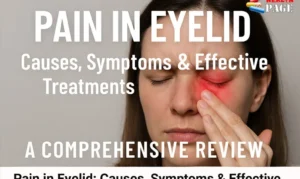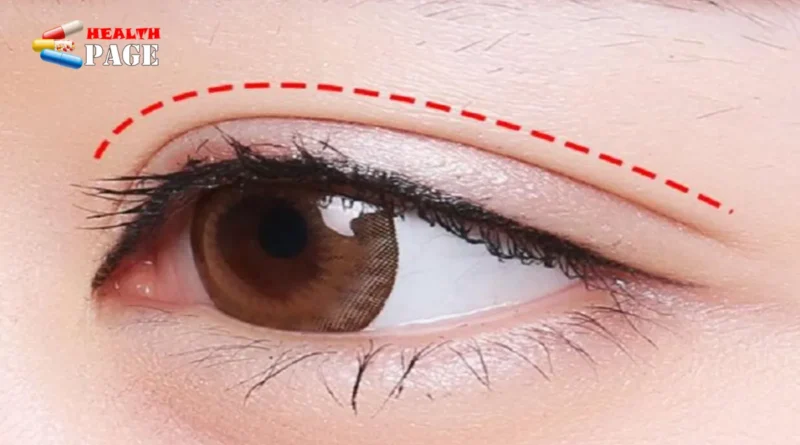If you want to have double eyelid surgery, you must read this article in advance
Double eyelid surgery has become a very common eye plastic surgery procedure in recent years. However, many people still understand it as a superficial “simple incision.”
First, we need to understand why you have single eyelids while others have double eyelids.
Many people simply attribute this to “genetics.”
To understand this, we must first clarify a basic concept: double eyelids are not “extras” but rather a “natural fold” in the upper eyelid.
Anatomically, double eyelids form when fibers of the levator palpebrae superioris muscle (the muscle responsible for opening the eyes) extend and connect to the skin of the upper eyelid. When we open our eyes, the muscle contracts, pulling the skin to create a natural curve extending from the inner to outer corners of the eye. This crease enhances the eye’s definition, making it appear larger and more defined.
For those with monolids, this is because the fibers of the levator palpebrae superioris muscle fail to form an effective connection with the skin. When the eyes are open, there are no obvious creases in the skin, resulting in a more compact and subtle eye shape.
The core principle of double eyelid surgery is to medically create a natural crease in the upper eyelid, tailored to the individual’s eye contour. This so-called “crease” can be simply understood as follows:
double eyelid surgery involves minimally invasive or surgical procedures to either “fix” the eyelid in a predetermined position (e.g., with sutures) or “adjust its shape” (e.g., by removing excess skin
or fat), creating a long-lasting, natural-looking double eyelid crease.

The wrinkles appear like this, but just appearing is far from enough. There are still certain requirements for it, such as “natural” and “stable”.
Because double eyelid surgery is not a standardized operation that is done in a small workshop, its true core lies in “personalized design based on individual eye conditions.” Double eyelid surgery mainly pursues two goals:
01Natural shape
The double eyelid lines are smooth and the curvature is moderate, which is in line with the individual’s facial features and temperament, without showing any artificial traces.

02 Long-term maintenance
Professional procedures ensure the stability of double eyelids.
Because double eyelid surgery involves not only improving appearance but also a comprehensive assessment and manipulation of the eye’s physiological structure (such as muscle function, skin thickness, and fat distribution), it falls under the category of ” medical cosmetic surgery .” It must be performed by a professional physician in a qualified, reputable medical institution.
• Finally, let’s address the following most common and frequently asked questions:
1. Are all individuals with monolids suitable for double eyelid surgery?
Not necessarily. For example, individuals with severe eye conditions (such as glaucoma or exophthalmos ), coagulation disorders, or unrealistic expectations should be carefully evaluated. Some individuals may also have ptosis or epicanthus , which may require additional surgical procedures to achieve the desired result. Therefore, a preoperative consultation and evaluation with a professional physician is essential.

2. Regarding the surgical procedure, should I do “open fan or flat fan”? Are you worried about swelling or pain?
The specific type you choose depends on your eye shape, orbital bone structure, and personal preference.
The procedure is performed under anesthesia and is largely painless. Some swelling will occur afterward, which is a normal part of recovery. “Sad frog” swelling is common in the early recovery phase (usually noticeable within 1-2 weeks) and will gradually subside naturally. Strict postoperative care (such as ice application, dietary restrictions, and maintaining cleanliness) can effectively reduce swelling.
Finally, it’s important to remember that no matter when you decide to undergo surgery, choosing a reputable medical institution and experienced professionals is crucial. Eyes are extremely delicate organs and should never be left to unauthorized institutions or underqualified practitioners.
So, should you do it now or wait? There’s no single answer, but it depends on a professional medical evaluation and your individual circumstances. Be sure to follow your doctor’s advice, consider your own needs, and make a scientific and prudent decision.


